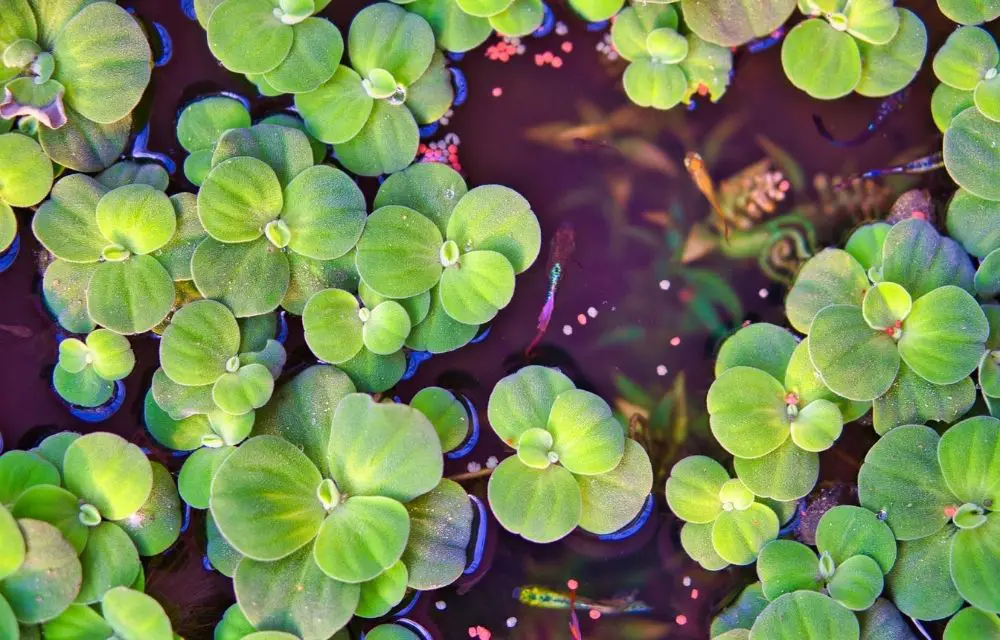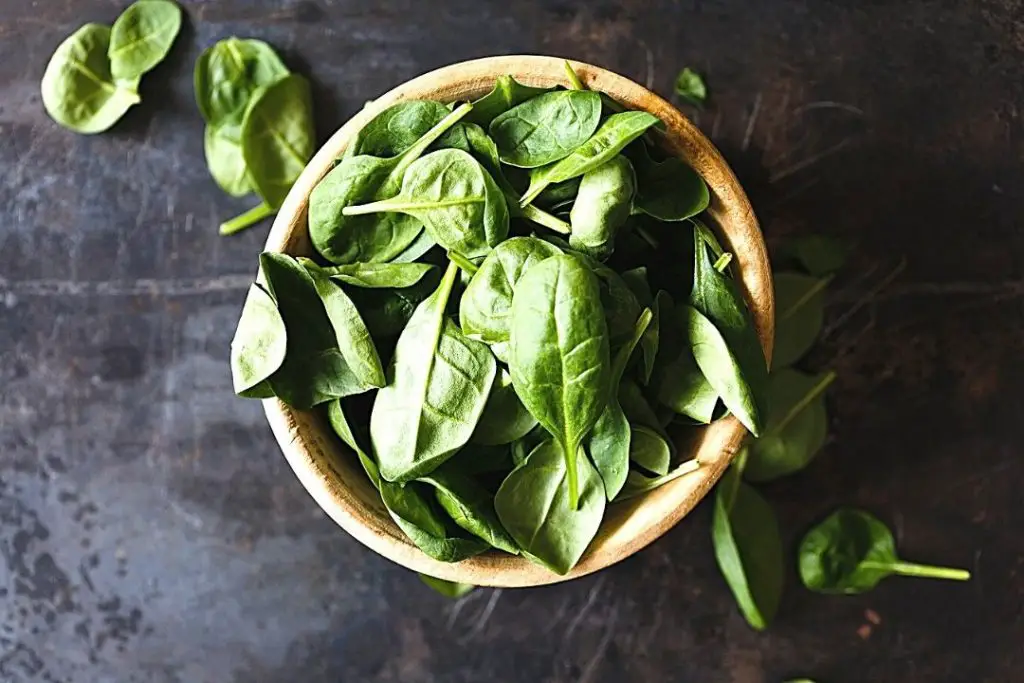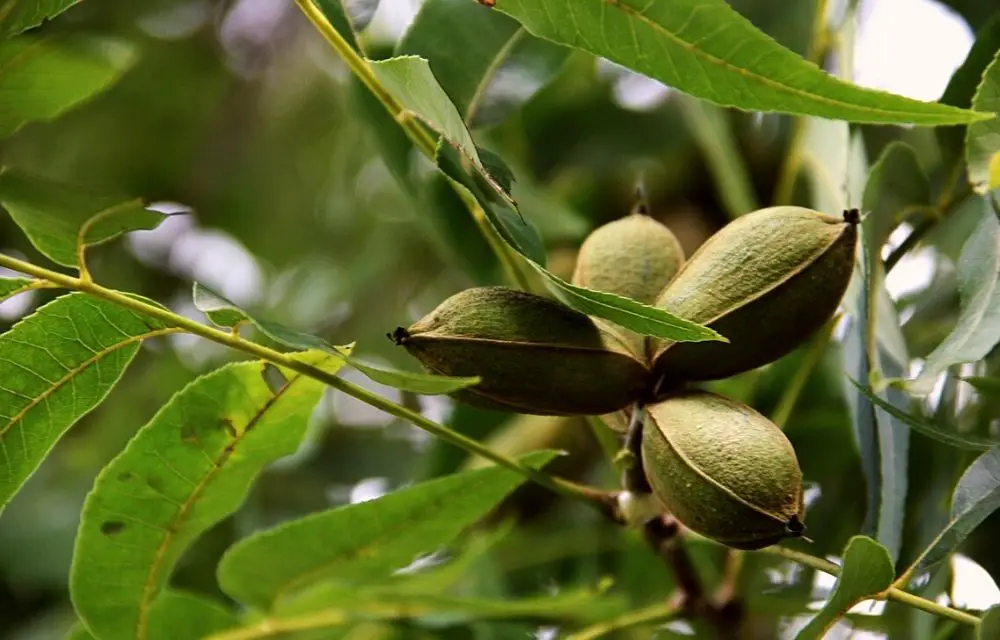Floating aquarium plants are a great way to add some life and colour to your home. They’re also really easy to maintain, which is perfect for those of us who don’t want an aquarium with actual fish in it! However, floating aquarium plants can be tricky at times. There are so many different types out there that it’s hard to know where to start.
This time around, we’re focusing on aquarium gardening instead (if that is a thing!). We will cover 13 floating aquarium plants that you can plant in your indoor or outdoor aquarium – what they look like, how they care for them, common problems you may face and tips on keeping them happy!
What is Floating Aquarium Plants?
Floating aquarium plants are a type of plant that can be used in fish tanks. They’re different from floating aquatic vegetation because they won’t rot like the latter does and will provide its own form of oxygen for your tank while you enjoy their beauty. These types of floating plants require more care than other floating species due to this, but it’s worth it!
Floating aquarium plants can come in both floating and rooted forms, but we will be focusing on floating aquatic vegetation. They are perfect for when you don’t want to deal with the hassle of maintaining fish as they require very little care. These plants might need some extra nutrients or acidification.
12 Best Floating Aquarium Plants
Duckweed
Duckweed is one of the most common floating aquarium plants. It has a fast growth rate and it can thrive in low-light conditions as well as high light levels, too. Duckweeds are typically green or yellowish-green, but they can be red if grown under intense fluorescent lights. They’re easy to propagate, and they’ll grow floating on top of the water.
Duckweeds can get too big for an aquarium, so trim it regularly to keep them at a manageable size. You should also try not to overfeed your fish because duckweed is a fast-growing plant and will create excess fertilizer in your tank that may cause algae growth. This floating aquatic plant is commonly used in tropical tanks, but it can be successful in most water conditions.
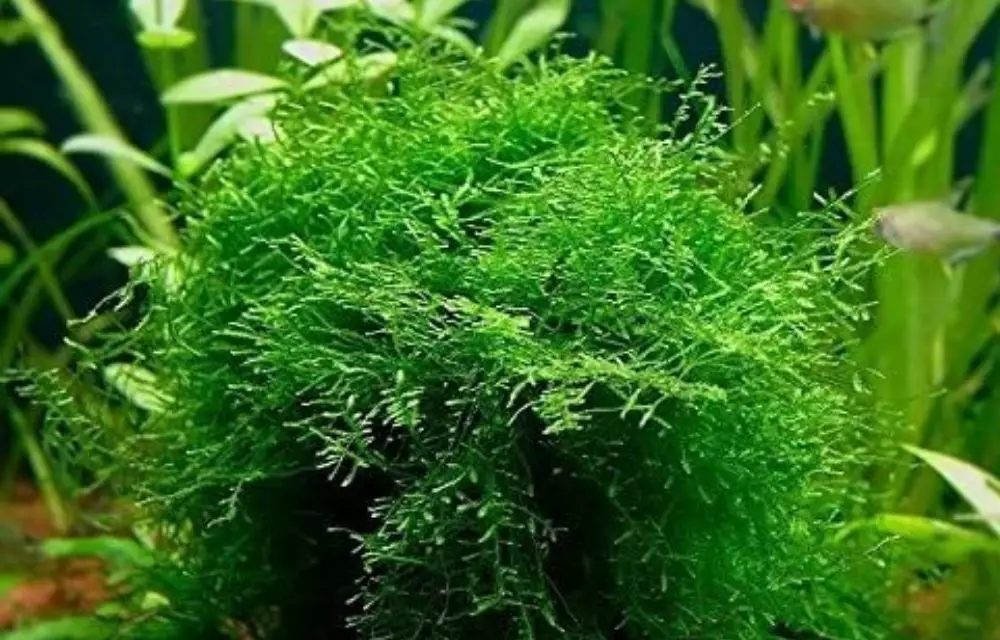
Java Moss
Java Moss is a floating aquarium plant that can grow up to six inches in height. It grows on the surface of the water rather than attaching itself to rocks or other surfaces underwater. The moss absorbs oxygen from the air, and provides shelter for fish by giving them places where they can feed and hide. Java Moss is an excellent floating aquarium plant for beginners.
Java moss (Vesicularia dubyana), floating aquarium plants, is a long-running and hard to kill aquatic plant. It has a thick strap of leaves that will grow towards the light source in an effort for photosynthesis. Java Moss can be grown around sticks or rocks so it has something to cling onto while floating freely on the surface of the water.
Amazon Frogbit
The Amazon frogbit is an aquatic floating plant that has a green-brown color and grows both vertically and horizontally. This floating aquarium plant can be found in the shallow depths of water, up to 30 inches deep, which makes it ideal for most types of tanks. It typically does not spread out on its own so you may need to divide it every few years.
Amazon frogbit floating aquarium plants can be seen in small groups or as a large floating mass, according to the depth of your tank. These floating aquarium plants grow quickly and are able to adapt well to different environments, so they will also look great when you move them from one tank to another! They do not need their roots to be constantly submerged in water, so they make a great floating plant option for fish tanks with high levels of humidity.
They are sensitive to chlorine and heavy metals found in tap water – you may need to add an extra filtration system if it is being used as your main filter. This floating aquarium plant does not require any special care and is also great for beginners.
Amazon frogbit floating aquarium plants are easy to find, so they can be purchased at most local pet stores or online retailers. For easy access on amazon frogbit for sale check out Amazon.
Water Sprite
Water Sprite plant is a floating aquarium plant that has an air-filled leaf and broad floating leaves. It can be planted in large clumps to create the illusion of floating vegetation or it can be used individually for smaller tanks. Water sprite does well with low light conditions, but it prefers freshwater sources like rainwater, ponds, lakes, rivers or aquariums. Water sprites floating aquarium plants can be planted in water while floating on the surface or attached to a rock and submerged underwater.
Keep an eye out for algae growth which could result from low light conditions and overcrowding of floating aquarium plants. It is recommended that you prune excess pieces every once in a while when you notice them getting too big.
When floating, water sprites should be anchored to the bottom with a small rock so they do not tilt in one direction and it is best if you plant them near each other for stability.
Water sprites are anchored to the bottom with a small rock so they do not tilt in one direction and it’s best if you plant them near each other.
Brasilia Pennywort
Brasilia pennywort is a floating plant with an upright, bushy stem. It produces small white flowers and green leaves that resemble fine cattails. This floating aquarium plant prefers to be in full sun but can also thrive in partial shade areas with adequate water flow. The best part about this floating aquatic plant is its ability to grow in both fresh and saltwater.
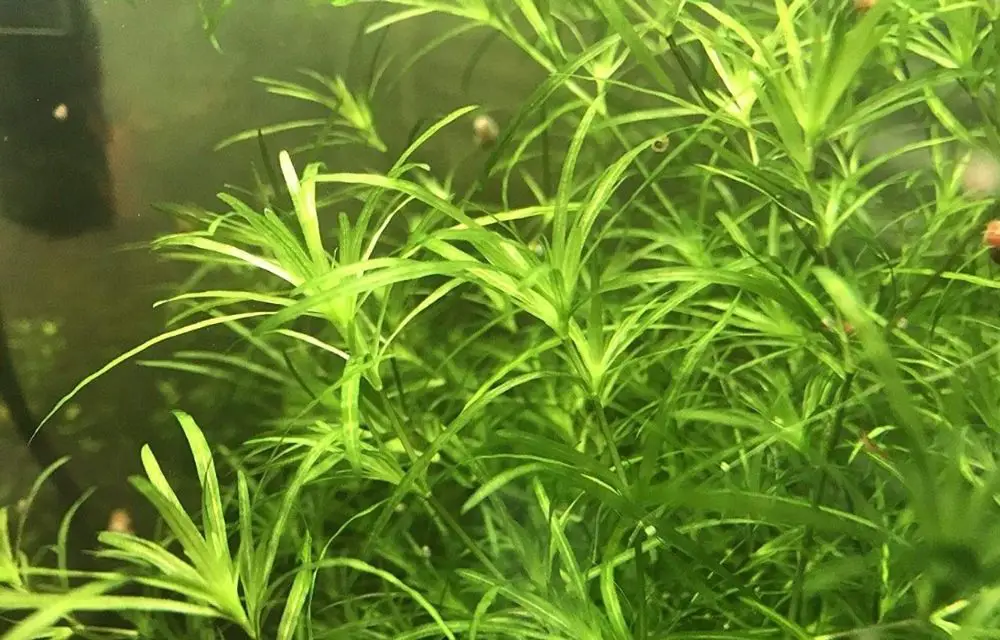

Guppy Grass
Guppy Grass is a floating aquatic plant with long and slender leaves. It does well in low light conditions, so it’s perfect for those who don’t have that much time to spend on their grow bed or tank!
Growing up to 20 inches tall, this floating aquatic plant reaches an overall height of 30 inches. It has a soft and fragile appearance, but it is surprisingly durable.
Guppy Grass needs to be planted in soil in the grow-bed or floating planting bed; alternatively, you can attach them using a fishing line so they don’t float away! This means that if your Aquaponics system uses only floating plants as vegetation, it’s best to find other floating plants that are robust enough for your system.
Guppy Grass is not only a beautiful floating aquatic plant, but it also has medicinal properties and can be used as an anti-inflammatory or as a sedative! Guppy grass for sale can be found via Amazon.
Hornwort
Hornwort floating plant is a popular floating plant because of its low maintenance and beautiful foliage. The leaves are attached to the stem with tiny hooks which, in their natural habitat, allow them to cling on stones or other objects for support. In an aquarium setting, they need little more than a stem or twig to catch onto.
The floating plant is native to North America, and it can be found floating or along the shore in shallow water with other plants like cattails. These floating aquarium plants are usually a light green colour.
Hornwort floating aquarium plants grow well when anchored at one end of the tank for support. They require moderate light but can also tolerate a lower level of it, making them perfect as an early spring floating plant or to complement other floating plants that need more sun such as water lilies and Amazon swords
When floating aquarium plants are anchored, they should be sectioned off in a floating plant holder to prevent them from floating across the surface of your tank
Rotala Indica
The Rotala Indica is a floating aquarium plant that’s been known to grow in almost any condition, making it one of the most popular floating plants around. These floating plants are also super common and can be found at all stores carrying aquatic goods as well as many pet stores.
It should have an average height of about seven inches tall. These floating plants do not require a lot of light or much effort from the owner to thrive. They are also able to be grown in sand, soil and rock wool.
This floating plant does best without any CO² supplementation as well as low levels of fertilization which makes it one really easy floating aquarium plant to care for! It’s also a floating aquatic plant that doesn’t require much space and can be grown on the side of the tank.
This floating aquarium plant is best suited for hobbyists who want to maintain an easy-going nature as well as those seeking low maintenance plants they don’t have to worry about too often.
Dwarf Water Lettuce
Dwarf water lettuce is a floating aquarium plant that can provide good cover for fish fry. It also provides shade and protection from predators, while providing oxygen to the tank through its leaves. Dwarf water lettuce grows in dense mats which are tough but flexible floating plants with round or oval fans of large, dark green leaves. The floating aquarium plants can grow up to 16 inches tall in a floating aquarium, and it’s best if you plant them at the back of the tank.
This floating plants do not have any serious pests or disease problems because they are grown hydroponically in water-rich environments. The floating plants can suffer from algal growth which is easily controlled by trimming floating plants.
Cabomba
Cabomba is a floating leaf plant that thrives in the shade. It produces little yellow flowers and will grow up to 12 inches wide. Cabomba does well with other floating plants, but should not be put near any larger-leaved plants because it can’t compete for light. To keep this floating aquarium plant happy, it needs to be able to get some light.
Cabomba thrives in the shade and will grow up to 12 inches wide. It can’t compete for light with other floating plants so make sure it’s not near any larger-leaved plants that could steal its sunlight (e.g., water lettuce).



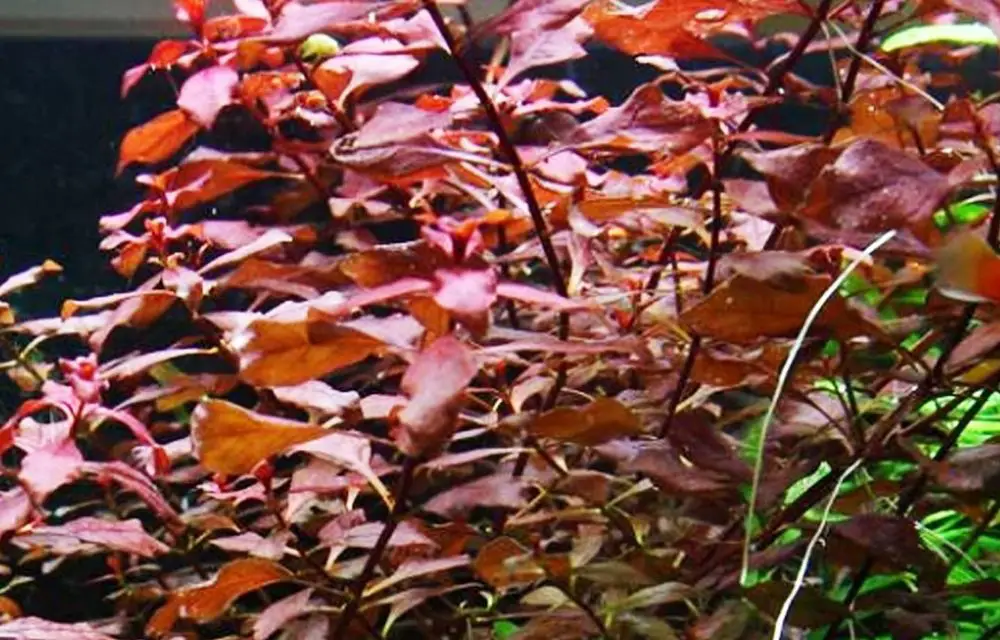

Ludwigia Repens
Ludwigia is a floating aquarium plant that likes to stay near the surface of the water. It provides an amazing contrast because it has dark leaves and light stems. When planting, place Ludwigias in groups for the best effect. This floating aquarium plant grows relatively fast making it ideal if you are looking for quick results but is careful not to overcrowd it.
Water Spangles
Water Spangles are floating plants that can be placed in a fresh water tank. They grow to a height of about 12-14 inches and have small white flowers on the ends of their leaves. These floating aquarium plants require low light levels due to them being underwater plant with shallow roots. Water spangles prefer cooler temperatures than most other floating aquarium plants. They like to be in temperatures ranging from 68-72 degrees Fahrenheit, and should not be placed under direct sunlight due to their sensitive nature.
As floating aquarium plants go, water spangles are one of the more delicate types with a simple care routine that isn’t too taxing on your time nor patience. With adequate light coverage and floating aquarium plants, they will eventually bloom and send their small white flowers floating on the water’s surface.
Water spangles are low-maintenance floating aquarium plants that come in an array of colours including purple, pink, blue, and red. They have smaller leaves with thin stems than most floating aquarium plants which makes them easy to pluck.
If you are looking for floating aquarium plants that don’t require a lot of upkeep, water spangles may be the floating aquarium plant for you and your tank!
Water Wisteria
Water Wisteria is a floating aquarium plant that attaches itself to rocks or other plants. This floating aquarium plant will grow up in a fashion and then over the surface of the water. The leaves are boat-shaped, with dark green colour on top and white underneath. Water wisteria can be planted as single stems but it’s best if you plant them as floating multiples.
Water wisteria is great floating aquarium plants because they give off oxygen as most floating aquarium plants do, and they have natural blossoms that release fragrance when in full bloom: the smell of water lilies! They can be placed near each other or mixed with other floating aquarium plants to add colour to your tank.
They are a floating aquarium plant that needs to be put in the right environment so it can thrive and grow well, but once you have found that perfect spot for them, they will provide oxygen and natural beauty!
Common Issues with Floating Aquarium Plants
Floating plants in aquariums often have trouble getting enough light and floating at the surface of the water. Some floating aquarium plants can grow long, thin roots that wrap around rocks or wood tying themselves to them. This gives floating aquarium plant a more permanent home but is also problematic when you are trying to clean out your tank because it will be difficult to remove floating aquarium plants without uprooting the plant.
Floating Plant Leaves Turn Brown: This is a common problem with floating aquarium plants, and it can occur for many reasons. The most likely reason is that floating aquarium plants are not getting enough light or nutrients from fertilizers; if they’re in too much shade, try adding more floating plants that can handle shade.
Floating Plant Leaves Turn Yellow: This is a more unusual occurrence, but it’s usually because floating aquarium plants are not getting enough light or nutrients from fertilizers; if they’re in too much shade, try adding more floating plants that can handle shade. Other causes could be overfeeding the floating aquarium plant with either too much fertilizer or too many floating aquarium plants.
Floating Plant Leaves Fall Off: This is probably the least common issue floating aquarium plants have, but it can happen for a few reasons. If floating aquarium plants are planted in an area that’s completely devoid of light or floating at the surface of water with no roots anchoring them down onto something solid, floating aquarium plants will likely fall off. Try anchoring floating aquarium plant in a more stable position with roots or rocks and add floating plants that can grow at the surface of water to get rid of this problem.
Tips for Keeping Floating Aquarium Plants Happy
Floating plants need to be trimmed from time to time. If you have floating aquarium plants that are wilting, then they might just need trimming. When your floating plant starts looking like it needs a trim, get out the scissors and start clipping off some of the dead or dying leaves with small stems attached. Keep floating plants trimmed to give them more room and allow for new floating aquarium plant leaves to grow.
Floating aquatic plants that are left untrimmed will eventually wilt away or sink down through the water column. This is only natural in an environment where floating aquatics are crowded together, but it can still be avoided if you trim off the dead floating aquatic leaves.
Trimming floating plants should be done periodically after the floating plant has grown accustomed to its new environment with you as the floating aquarium caretaker. The trimming process will more than likely have been initiated by an underwater leaf that needed cutting off, but it’s a good idea to check on your floating plants every week or so and see if they need a trim.
Floating plants with floating aquarium plant leaves that don’t get trimmed will usually be crowded together and end up overlapping each other, eventually suffocating one another due to lack of light or oxygen. This is why it’s so important to keep floating plants uniform in size by trimming the floating aquatic leaves on occasion.
Make sure floating plants are at the same depth in your tank. One of the most common mistakes that floating aquarium plant caretakers make is not giving their floating plants enough space to grow by keeping them planted on top of each other. This will cause crowding and eventually suffocation amongst floating aquarium plants, which can lead to floating aquatic plants that are stunted and unthrifty.
Floating aquarium plant caretakers who keep their floating plants planted on top of each other will end up having a tank where floating aquatic leaves have trouble reaching the surface, which is usually when they start dying off or sinking down through the water column. This can also lead to floating aquatic plants that are stunted and unthrifty.
Give floating plants enough room by planting them at the same depth in your tank so all of their floating aquarium plant leaves can reach upwards towards the surface with ease, allowing for ample light from above as well as air from below to keep floating plants happy.
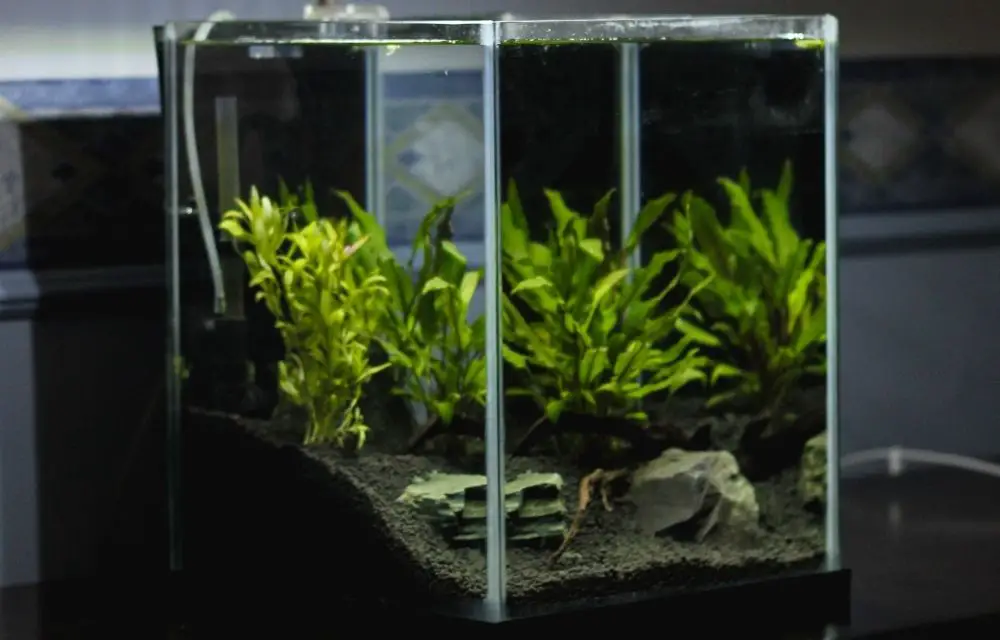

Floating Aquarium Plants Frequently Asked Questions
Are Floating plants good for aquarium?
Floating aquatic plant contain chlorophyll, which enables them to photosynthesize just like any other plant. They produce oxygen that can be dispersed into your tank for instant aeration and floating aquatic plants also acts as a natural filter for any impurities.
Do floating plants oxygenate the water?
Yes! Floating plants do help to oxygenate the water. They can provide up to 75% of the tank’s oxygen needs which helps keep fish healthy and stress-free. However, floating aquarium plants should not be relied on for 100% of a fishes’ oxygen requirements as they are sometimes limited by their size (they cannot grow too big) and floating plants do not always provide enough oxygen for larger tanks.
Why are my floating aquarium plants dying?
Floating plants come in different shapes and sizes, floating aquarium plants are not immune to common problems like the floating sword plant. Floating aquarium plants can also suffer from root rot or browning leaves due to too much direct sunlight. To avoid these floating aquarium plant problems, try placing your floating tank garden near a window with plenty of indirect light for floating aquarium plants in the floating tank garden.
How do you take care of aquarium floating plants?
- floating aquarium plants need to be replanted regularly
- floating aquarium plants may need a substrate added to the water every few weeks, depending on how often they are planted in soil. Soil will eventually sink and not provide enough nutrients for your floating plant anymore. You can also use fertilizer tabs instead of soil as well (to make sure you get the right amount of fertilizer), and floating plants will take care of themselves with this method.
- they may need to be fed occasionally (depending on how often you feed your fish)
- floating aquarium plants can usually do well in lower light levels, so if you have a room that is not lit very much or has less than natural light, floating aquarium plants may thrive in these conditions.
- they need to care for the same as any other aquatic plant. They will do better if you keep a stable pH and temperature level (ideal range is around 70°F), so maintain water quality by regularly clean your filter or replace dirty water every few weeks
Do floating plants stop algae?
While floating plants do not give off nutrients, they can help prevent algae buildup. Why? Well, floating aquarium plants also produce oxygen and cover the surface of the water to create a buffer from bright light! So if you’re worried about excess algae in your tank, then floating aquatic plants might be for you.
Conclusion
We hope this article has helped you learn more about floating aquarium plants and how to care for them. If you have any questions, please email us! For floating aquarium plants for sale, check out Amazon!
Related articles:


